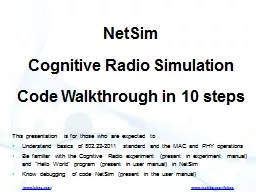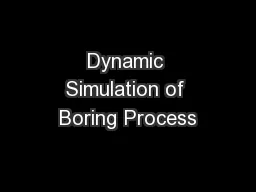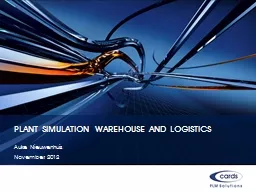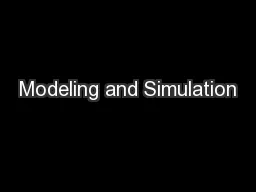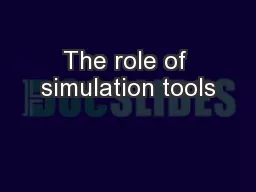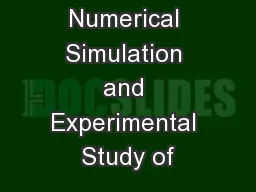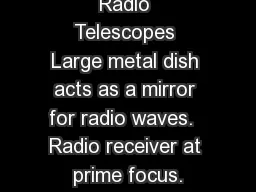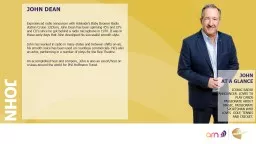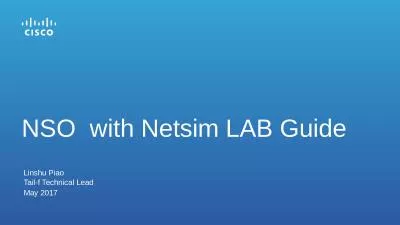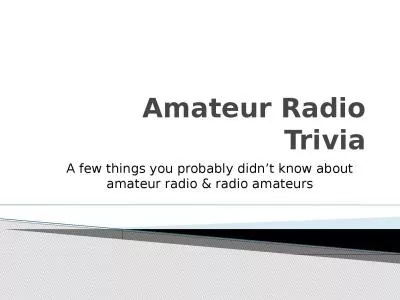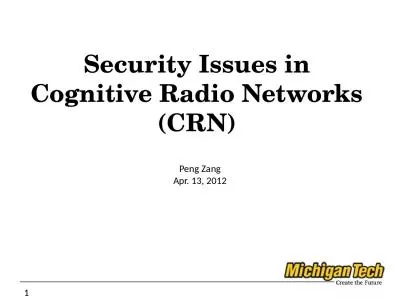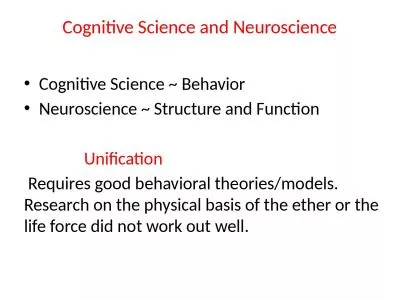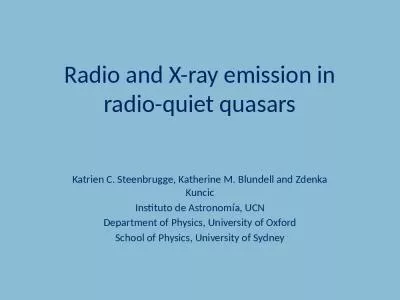PPT-NetSim Cognitive Radio Simulation
Author : marina-yarberry | Published Date : 2018-02-28
Code Walkthrough in 10 steps This presentation is for those who are expected to Understand basics of 802222011 standard and the MAC and PHY operations Be
Presentation Embed Code
Download Presentation
Download Presentation The PPT/PDF document "NetSim Cognitive Radio Simulation" is the property of its rightful owner. Permission is granted to download and print the materials on this website for personal, non-commercial use only, and to display it on your personal computer provided you do not modify the materials and that you retain all copyright notices contained in the materials. By downloading content from our website, you accept the terms of this agreement.
NetSim Cognitive Radio Simulation: Transcript
Download Rules Of Document
"NetSim Cognitive Radio Simulation"The content belongs to its owner. You may download and print it for personal use, without modification, and keep all copyright notices. By downloading, you agree to these terms.
Related Documents

